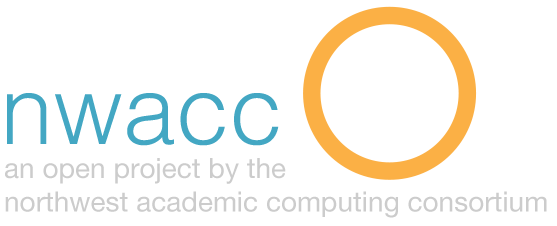Universal Design for Learning
Description:
Universal design for learning (UDL) is a pedagogical framework that aims to remove the largest possible number of barriers for all learners rather than retrofitting existing materials to address specific, individual learning differences. UDL practitioners design courses that present content, assess progress, and encourage engagement in multiple ways, ensuring equitable access for learners regardless of their needs.
Purpose:
UDL is of interest to anyone seeking to create a more inclusive learning experience for students. Since it typically involves a complete rethinking of course assignments and structure, it is most effective when designing new materials and courses rather than reworking old materials. UDL can foster a learning environment that improves student engagement and encourages mastery of course material.
Procedure:
- Learn more about UDL principles and how they are implemented in higher education (see resources below).
- Locate partners on your campus; these may include instructional designers, the disability support services office, technology staff, and others.
- Identify an activity or a course that you would like to redesign using the UDL framework.
- Identify the core competencies that your course or activity should teach. How flexible can you be about the path students take to these competencies?
- During the redesign process, keep the following questions in mind:
- How can I remove barriers to students understanding the course content? Can I present material in multiple formats (text, audio, video, multimedia)? Would digital versions of texts be helpful? Are key terms, symbols, and concepts clearly explained or illustrated? What context or background information might help to fill gaps in students’ preparation?
- How can I remove barriers to communication and expression? Can I use multiple media for communication? Can I make assignments more approachable by scaffolding larger assignments and monitoring student progress? How do I make sure technology tools are equally available to all?
- How can I remove barriers to student engagement? Can I provide assignments that foster students’ autonomy and allow them to make choices? Can my course design encourage collaboration and community?
- Gather feedback, assess students’ learning, and revise as needed.
Considerations:
Technology can help to remove many barriers to learning but is not a panacea; consult with local technology staff to make sure the tools you incorporate are well supported and accessible to all. Redesigning a course or an assignment from a UDL perspective is likely to be an iterative and fairly time-consuming process, but the benefits to learners make the effort worthwhile. Innovations you adopt in one course may be easily transferrable to others.
Level: Intermediate
Resources:
“UDL on Campus” Universal Design for Learning in Higher Education. CAST.org, 2015. Web. 25 June 2016. <http://udloncampus.cast.org/home>.
Fovet, Frederic and Heather Mole. “UDL from Disabilities Office to Mainstream Class: How the Tools of a Minority Address the Aspirations of the Student Body at Large.” Collected Essays on Teaching and Learning 6 (2013): 121–26. Print.
Gordon, David, Anne Meyer, and David H. Rose. Universal Design for Learning: Theory and Practice. Wakefield: CAST, 2014. Web. 25 June 2016. <http://udltheorypractice.cast.org/>.
Rose, David H., Wendy Harbour, Catherine Johnston, Samantha Daley, and Linda Abarbanell. “Universal Design for Learning in Postsecondary Education: Reflections on Principles and their Application.” Journal of Postsecondary Education and Disability 19.2 (2006): 135–51.


